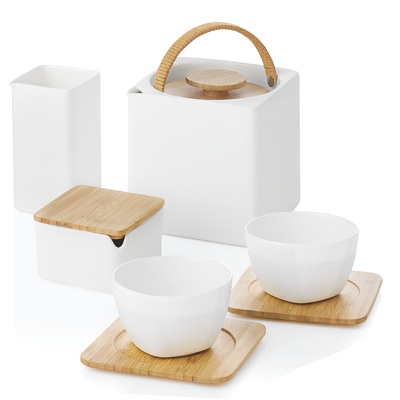
"God is in the details" has been drummed into the consciousness of creative design students, interns and professionals for years. It is easy to make big wacky shapes, however getting the shapes to work together harmoniously down to the smallest detail, takes years of experience and this is something that Danish designers are specially trained to do.
Why are the tiniest details of such importance in design? A common reference we all have for making aesthetic judgments would be the human face. The difference between George Clooney's face and my own is just a question of millimeters and is a very a small percentage of its overall size. Similarly, if one were to measure the size differential between a BMW 3 Coupe and any other wannabe sports coupe, it would come down to an inch or two at best. So how does one bring that touch of God into the design?
Thomas Ulrik Christiansen is a successful Danish designer with international experience, designing everything from mobile phones and medical equipment to toys. Besides consulting for multinational corporations, he imagines, creates and brings his own products to market. Recently he reinterpreted Robert Crawford Johnson's famous square tea set from 1920s, creating a beautiful, new, crisp design. Taking Johnson's original design with patented spout, which prevented teapots from dripping onto the newly ironed tablecloths of saloons in Britain and later the ocean liners of the time, he created a cubic container that pours from a top corner.
The compact teapot, designed for easy storage, carefully balances square and circular shapes. Its base is a snow-white china cube, with medium tight radii corners. In one corner, a hole acts as a spout for pouring tea and is delicately made of two straight sides and an inverted circle. The opening for pouring tea into the teapot is circular and dominates the top surface while a circular lid covers the hole, nested half an inch below the top surface. The lid has a small offset floating circular knob and a half circle handle that rotates from a vertical position down to rest on the lids top, being flush with the top surface and embracing the lid. The lid and handle are both made from bamboo, and the handle is wrapped in suede. This provides a warm human feel to the otherwise cool teapot.
Just as it would be impossible to imagine a sparrow, a rose or a soft round pebble on the beach being otherwise designed, looking at this unique teapot, it seems difficult to imagine a square teapot being designed in any other way. It is a perfect union of geometrical shapes and environmentally responsible materials. "God is in the details," it's just that sometimes it may take seven billion years to perfect.